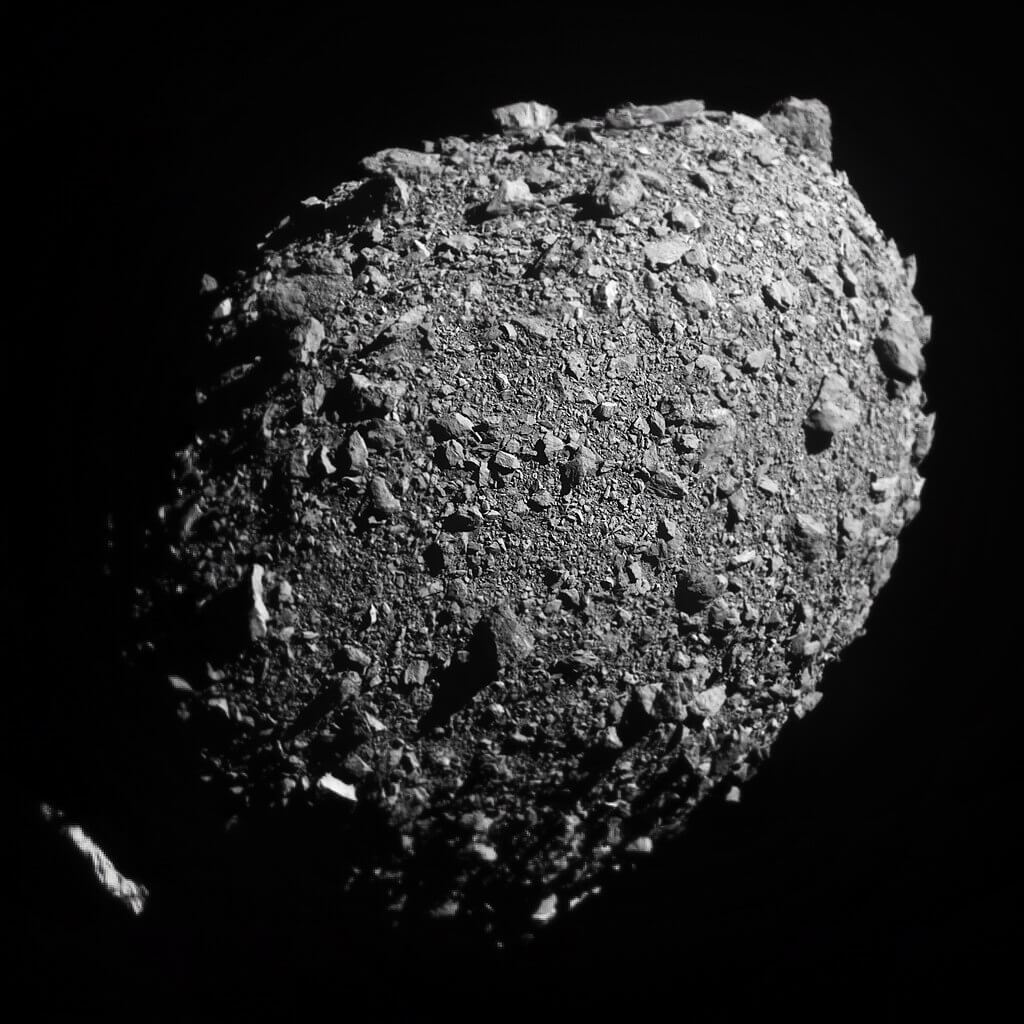In general, almost everyone today has heard about the revolutionary potential of this new technology; That achieving the same thing involves all the prerequisites for something is still forgotten in concrete terms.
A clear example of this is provided by the discussions about the climate compatibility of blockchain technology. Proof-of-work blockchains like those of Bitcoin, which are based on the mining principle, are criticized for their high power requirements. Possible solutions are already eagerly discussed. As the author of this text discovered in his conversations with journalists, bankers and academics, the following idea persisted: for example, if only individual computers had to take on the task of verifying transactions, then energy consumption could be significantly reduced.
These self-proclaimed experts are of course not wrong in this proposition. Energy consumption can indeed be reduced by orders of magnitude. The only problem is that the proposed solution would completely undermine the purpose of the blockchain. This lies precisely in redundancy and decentralization, which are a means to an end: distributing the database over many sites makes it censorship-resistant, flexible and as tamper-proof as possible. So this approach offers revolutionary potential.
Why actually a blockchain?
In order to realize this revolutionary potential, the blockchain must necessarily include several components. The fewer these elements, the less talk about blockchain in the truest sense of the word. The following applies: The whole is greater than the sum of its parts.
“The proposed solution would completely undermine the purpose of the blockchain.”
We want to discuss briefly some of these components below. The serialization (or fragmentation) of data records, i.e. transactions, is fundamental. last
They are joined together as blocks. The last block always refers to the previous block. This creates a transaction log that contains a unique transaction path. Some also speak of a “time series” in this context, because it is a chronological series of blocks and their transactions. The blocks are somewhat related to each other via unique digital fingerprints and thus can be clearly identified in their order.
Thus the blockchain itself is a continuous and seamless transaction history. With each additional block attached, new transactions are considered processing. But who keeps the blockchain working in the absence of a central unit? This important task is performed by miners (or auditors).
To the work of the miners
The so-called miners are the ones who add new blocks with transactions to the existing blockchain. Without them, no transactions can be carried out. Basically, any network participant can take over this function. In the case of Bitcoin, special hardware is required due to the professionalism of the network, since only these are able to provide the necessary computing power.
It is the miners who collect the transactions that enter the network into blocks and connect them to the blockchain. In the case of alternative block chains, this task falls to the so-called validators. But regardless of whether it is with Bitcoin or other blockchains, miners or validators, there are always several of them, which at best are geographically distributed across several continents.
“In the case of alternative blockchains, this task falls to the so-called validators.”
The importance of proof of work
Given the large number of miners, another question inevitably arises: can any of these miners add any blocks to the blockchain? Basically yes. Each miner can create a new block, but not every block is automatically accepted by other network participants and attached to the blockchain.
As a miner, a number specified by the blockchain algorithm must be added to each block. This number – also known as nonce – must be found with the help of computing power. So it comes down to providing proof of work. Technically, this is called “proof of work”. In other block chains that do not have miners but have authenticators, this mechanism is called “Proof of Stake” (how these two mechanisms differ will be discussed in a later article).
Motivation is necessary
In order for miners or auditors to do the job, the “catalyst” is ultimately necessary. In most cases, the latter consists of two components. On the other hand, so-called block rewards are paid out to miners or validators. In the case of Bitcoin, these block rewards halve every four years until this startup funding — comparable to backing the private blockchain network — is no longer valid.
The second “incentive element” is transaction fees, and today transactions are subject to a fee. The higher this is, the higher the chances of this transaction being made on the blockchain in time and therefore considered certain. From a miner’s point of view, this means: that each block connected to the blockchain also contains the total fees for all transactions processed in that block, and thus represents an additional source of income for miners.
The presence of a private blockchain currency is therefore essential – this is the only way that miners can be rewarded for performing their important tasks in the network themselves. Of course, it can also be paid in Swiss francs or in US dollars, but this would create dependence on something outside the blockchain network.
“The miners have a lot of power in this blockchain system.”
Miners’ power is limited
Given the important task that miners have, one can conclude: miners have great power in this blockchain system. But this is only partially the case. It is true that there are many attacks such as “double spending attacks”, i.e. trying to spend one unit of value twice within the blockchain network. Miners can also try to censor transactions.
“The second incentive component is the transaction fee.”
What prevents them from doing so is above all incentives. In recent years, the example of Bitcoin has shown that miners don’t care much about scams on their own network. The short term gain is not worth the long term damage from the attack. The long-term business of the blockchain is of great interest to miners, as miners – especially in the case of Bitcoin – are invested in the network via expensive mining hardware.
Most importantly: miners must also abide by consensus rules imposed by network participants – the so-called “full nodes”. In the case of Bitcoin, the number of “full nodes” exceeds the number of miners – which is a good thing. The more “full nodes” there are, which in turn are geographically distributed across the entire planet, the more decentralized the network. Only having the widest possible set of distributed, anonymous “full nodes” to validate global consensus makes blockchain unique and allows it to serve as a new type of enterprise technology for our existing institutions. Above all, this point should be written behind the ears of all those who still consider private blockchains a real hack.

“Certified tv guru. Reader. Professional writer. Avid introvert. Extreme pop culture buff.”






More Stories
Classic espionage, cyber attacks, creating economic dependencies, and technology withdrawal –
How the technology behind ChatGPT powers this bot
Mercedes G580 with EQ technology: The G-Class has become electric